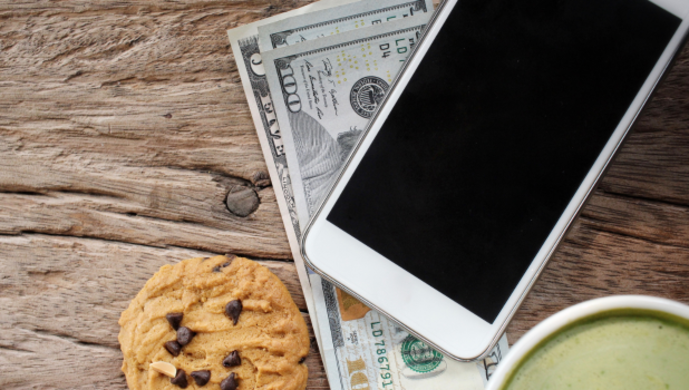Listen to the podcast:
How do companies and individuals use social media during such crisis?
Broadly, there are two opposing logics. Companies can use social media for commercial purposes or for communal purposes. In other words, companies use social media to brand, sell, market their business (which is close to traditional marketing efforts using mass-media) versus using social media to connect with and co-create with customers and – more importantly – to provide a platform to customers to bond together. You can see this as the distinction between using social media to talk to your customers versus using social media to talk with your customers and have them talk to each other through your brand.
You can see this as the distinction between using social media to talk to your customers versus using social media to talk with your customers and have them talk to each other through your brand.
For individuals, the same axe translates into using social media to self-present – that can turn into the very narcissistic self-exposure that we sometimes see on social media versus using social media to connect with friends, family and likeminded others for socialization and emotional support.
What particular strengths of social media are highlighted during such difficult times?
For me, this crisis highlights the particular strengths of social media in how they can be used for the second type of purpose; that is community and emotional support.
Just like we have seen with other crises, such as the earthquake and following tsunami that caused the nuclear disaster in Japan in 2011, the terrorists attacks in Paris and elsewhere in Europe over the past years, we see today that people all over the world reach out to each other – close by and far away – through social media to make sense of what is happening.
Just like we have seen with other crises, people all over the world reach out to each other through social media to make sense of what is happening.
I am thinking of the many funny videos about how people creatively deal with the lockdown, of the neighborhood Facebook groups that organize entertainment and practical support to help neighbors who need assistance with grocery shopping or childcare, and the quick rise of apps and functionalities that allow for live chat and video sessions with multiple people.
This is social media in its core and at its best.
People turn to social media not only for support and entertainment, but also use it as a source of information… and fake news.
This is where we need to warn for the dark side of social media and its role in spreading fake news. Platforms have been slow in acknowledging their responsibility in helping platform users distinguish fake news from facts, but they are taking steps in the right direction. Instagram, for example, announced to only include COVID-19 related posts and stories in their recommendation section that are published by official health organizations. In general, my advice is to crosscheck information that you get through social media with at least two other information sources such as government websites and high-quality news outlets. In addition, we also all have a role to play by not further spreading rumors through our social media accounts.
How should marketers adopt their social media strategies in this extraordinary time?
It is a tricky question. Typically, I teach my students that marketers should relate their social media contributions to the real-time context. Indeed, at the start of the crisis I kept receiving long-before planned brand posts that did not refer at all to the situation, and thus, seemed misplaced. At the same time, trying to leverage a sanitary crisis for branding purposes in your social media posts can quickly be perceived as distasteful.
The best examples I have seen come from companies that offer free resources to their customers to face the crisis. For example, many academic publishers have made online content available for free to support teachers and students worldwide with distance learning. Closer to home, the Pilates teacher at HEC Paris has started a YouTube channel where he posts videos on how we can keep fit while confined at home.
Instead of self-glorifying social media brand posts, brands will be forced to embrace the communal logic of social media during the COVID-19 crisis.
Instead of self-glorifying social media brand posts, brands will be forced to embrace the communal logic of social media during the COVID-19 crisis. More than ever, social media posts should be user-centric and not producer-centric. Brands that will be able to deliver messages and engage in conversations that are considered valuable because they provide helpful information, relevant advice or that simply make you laugh will come out of the crisis stronger.
Stay safe and keep sharing!










